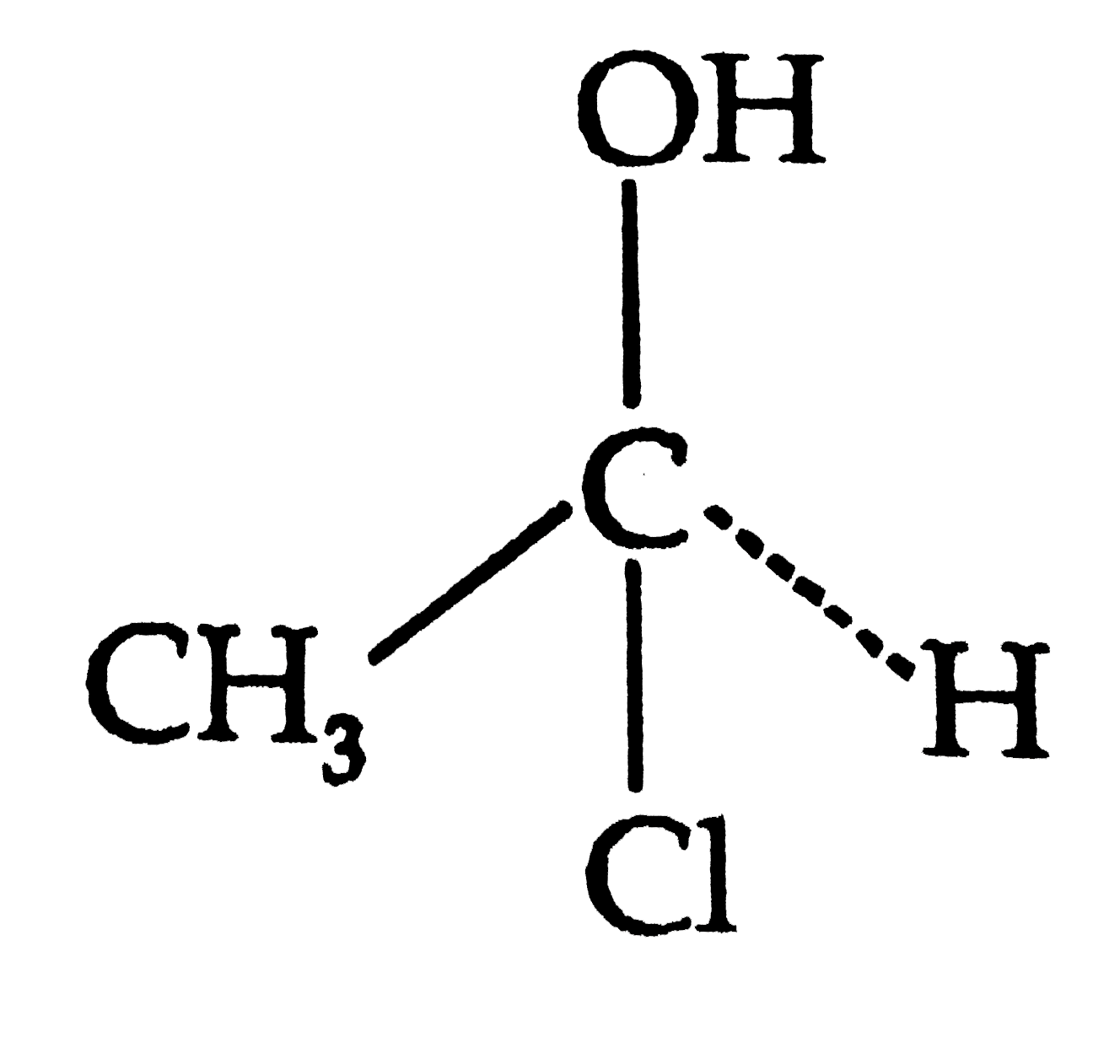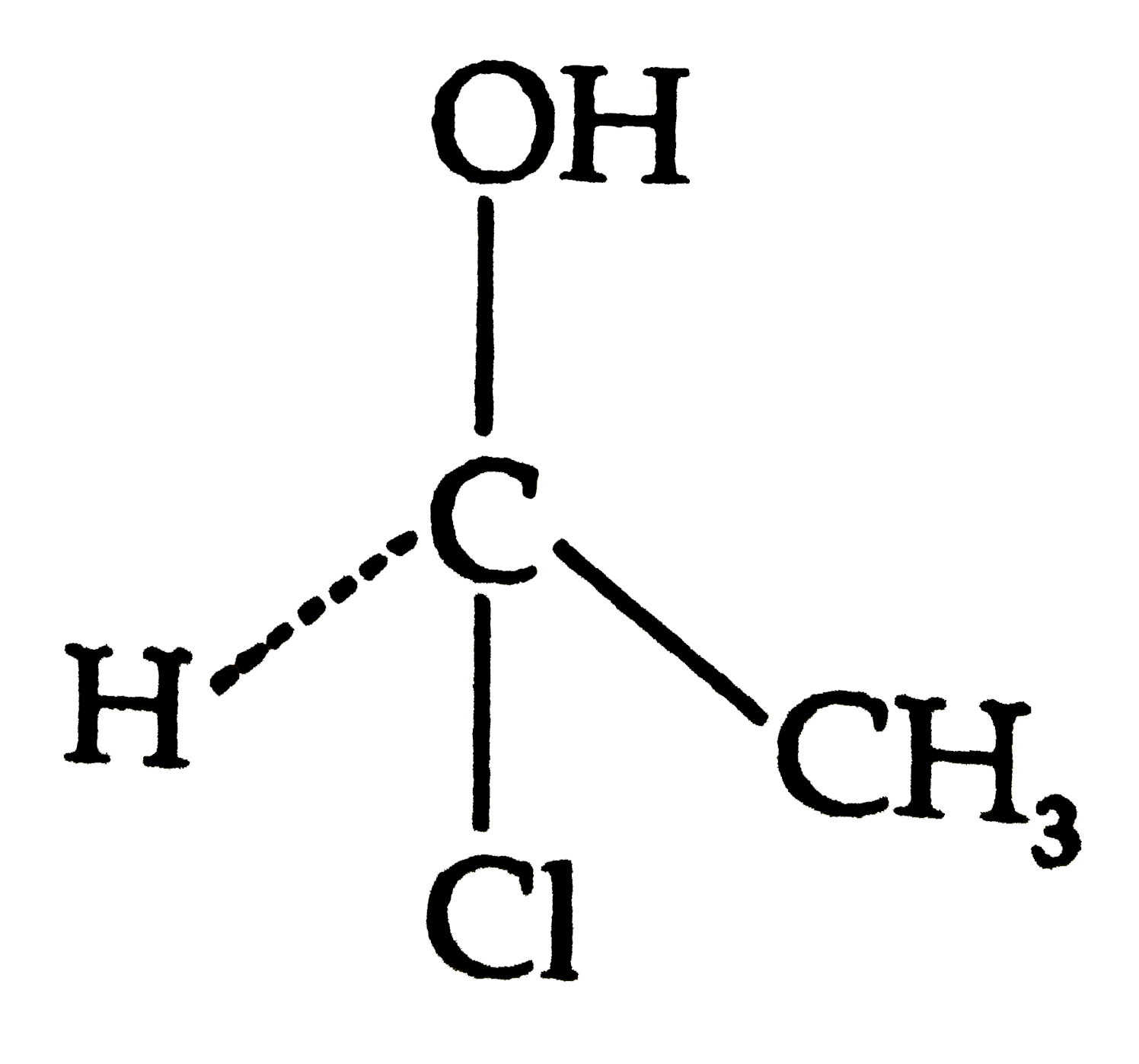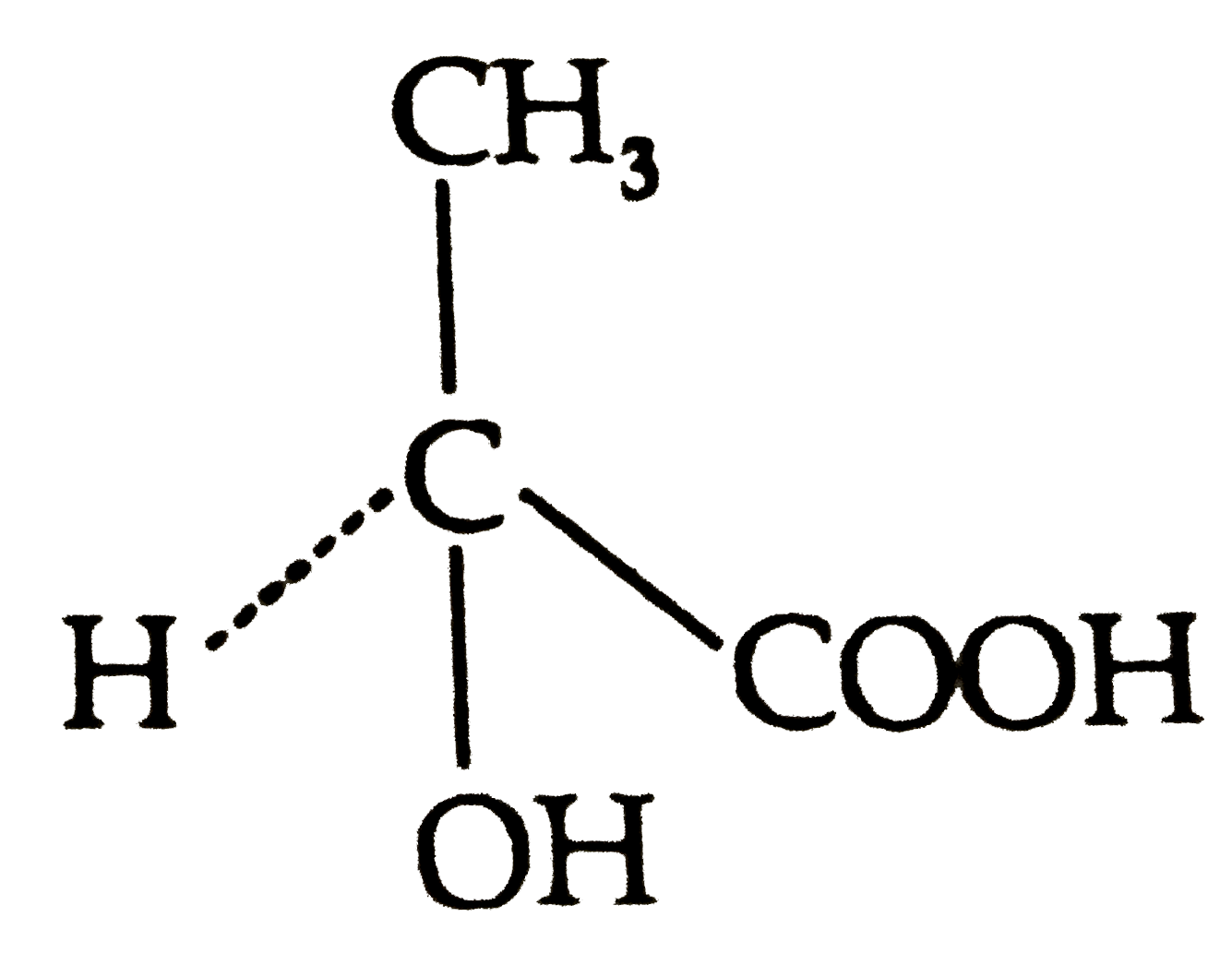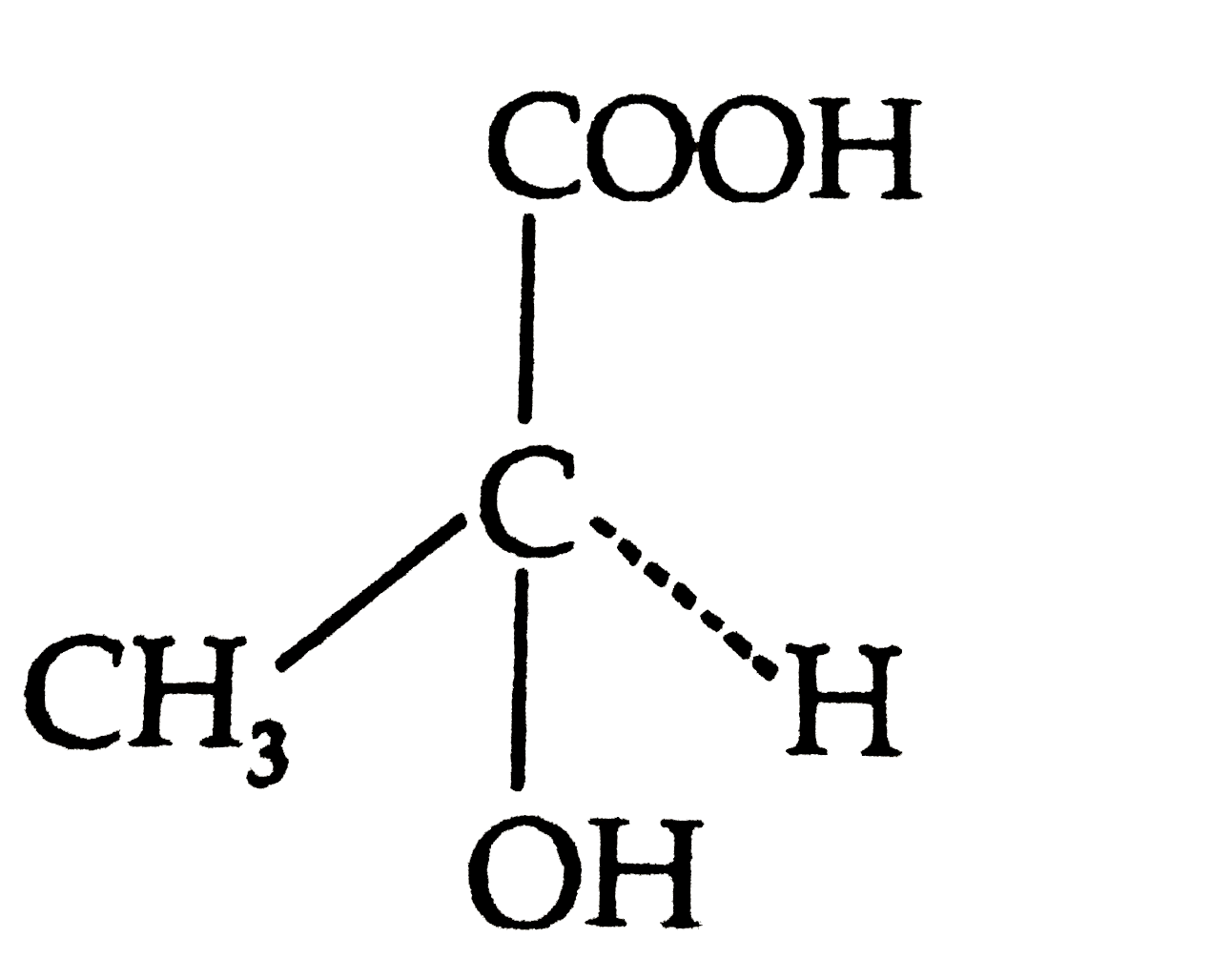Explore topic-wise InterviewSolutions in .
This section includes InterviewSolutions, each offering curated multiple-choice questions to sharpen your knowledge and support exam preparation. Choose a topic below to get started.
| 16001. |
Which of the following is ferrous alloy? |
| Answer» Solution :Nichrome | |
| 16002. |
What happens when diethyl ether reacts with following reagents. (i) axcess O_2(ii) Cl_2//light(iii) PCl_5 (iv) dil. H_2SO_4 //H_2O (v) CH_2COCl/Anhydrous ZnCl_2. |
|
Answer» Solution :Auto-oxidation : (i) `CH_3-CH_2-O CH_2-CH_3 underset("slow")overset(excessO_2)to underset(("1-ethoxy ETHYL hydroperoxide"))(CH_3 - CH_2 -O- overset(""O-OH)overset(|)(CH)-CH_3)+ underset(("Diethyl peroxide"))(CH_3-CH_2 - O - O - CH_2 - CH_3)` (II) `CH_3 - CH_2- O - CH_2 - CH_3underset("light")overset(10Cl_2)to underset("PERCHLORO ether")(C Cl_3 C Cl_2-O) - C Cl_2 -C Cl_3 + 10 HCL` (iii) `CH_3 - CH_2 - O - CH_2 - CH_3 overset(PCl_5)to underset("Chloroethane")(2CH_3 - CH_2Cl) + POCl_3` (iv) `CH_3 - CH_2 - O - CH_2 - CH_3 underset(H_2O)overset(dil. H_2SO_4)to underset("Ethanol")(2CH_3 - CH_2OH)` (V) `CH_3-CH_2 - O - CH_2 - CH_3 underset("Anhydrous "ZnCl_2) overset(CH_3COCl) to underset("Chloroethane")(CH_3 - CH_2Cl) + underset("Ethy ethanoate")(CH_3COOCH_2CH_3)` |
|
| 16004. |
White phosporus is a tetra-atomic solid P_(4)(s) at room temperature. Find average (P-P) bond enthalpy in kJ/mol. {:("Given :",DeltaH_("sublimation")" of "P_(4)(s)=59" kJ/mol"),(,DeltaH_("atomisation")" of "P_(4)(s)=1265" kJ/mol"):} |
| Answer» SOLUTION :`(P-P)=(1265-59)/(6)=201` | |
| 16005. |
The tetrahedral [CoI_(4)]^(2-) and square planar [PdBr_(4)]^(2-) complex ions are respectively : |
|
Answer» LOW SPIN, HIGH spin |
|
| 16006. |
What is the formula of the oxide formed on burning potassium in oxygen ? |
|
Answer» `K_(2)O` |
|
| 16007. |
Which one of the following arrangements represents the correct order of electron gain enthalpy (with negative sign) of the given atomic species ? |
|
Answer» F lt CI lt O lt S `O(-141 kJ MOL^(-1))lt S(-200 kJ mol^(-1))lt F(-328kJ mol^(-1))lt Cl(-349 kJ mol^(-1))` |
|
| 16008. |
What is meant by chirality of molecules ? |
| Answer» Solution :The MOLECULE which does not have any element of symmetry is CALLED CHIRAL molecule. This property is called chirality of molecule. | |
| 16010. |
Write the generalelectronic configuration of lanthanoids. |
| Answer» Solution :`[XE] 4F^(1-14) 45D^(0-1) 6s^(2)` | |
| 16011. |
What are the oxidation number of nitrogen in (a) HCl, (b) NaH, (c) H_(2)O_(2) and (d) PdH |
|
Answer» |
|
| 16013. |
Which forms most stable hydrate : |
|
Answer» `CH_3CHO` |
|
| 16014. |
What is the pH value of 1 M H_(2)SO_(4) |
|
Answer» 0 `[H^(+)] = N. ALPHA = 2 xx 1 = 2` `pH = -LOG[H^(+)] = -log 2 = -0.3010`. |
|
| 16015. |
What is the state of hybridisation of Xe in cationic part of solid XeF_6 |
|
Answer» `SP^(3)d^(3)` |
|
| 16016. |
Which of the following statements for the reaction, is correct ? Na_2CrO_4+H_2SO_4 to |
|
Answer» It is REDOX reaction inwhich green solution of `[Cr(H_2O)_6]^(+3)`is produced. |
|
| 16017. |
Which of the following statement is not correct for above elements ? |
|
Answer» P is the metal which form HALIDE of the formula MX |
|
| 16018. |
The stratospheric ozone depletion leads to |
|
Answer» Forest FIRES |
|
| 16019. |
What causes nitrogen to be chemically inert ? 1) Multiple bond formation 2) Absence of bond polarity 3) Short internuclear distance4) High bond energy |
|
Answer» MULTIPLE BOND formation |
|
| 16020. |
Which of the following is used during the preparation of Fluorine by Whyt law Gray's method ? |
|
Answer» AQUEOUS KF |
|
| 16021. |
What type of stoichiometric defect is shown by AgCl ? |
| Answer» SOLUTION :FRENKEL DEFECT is SHOWN by AGCL. | |
| 16022. |
Which metal cation forms stronger complex salt ? |
|
Answer» `ZN^(2+)` |
|
| 16023. |
Write the sturctures of the following compounds: a. Adjacent tribromobenzene b. Unsymmetrical trimethyl benzene c. Symmetrical triethyl benzene |
|
Answer» SOLUTION :IN a tribstitude BENZENE, adjacent is `1,2,3` position, unsymmetrical is `1,2,4-` positon and symmetrical is `1,3,5` position. a.  B. 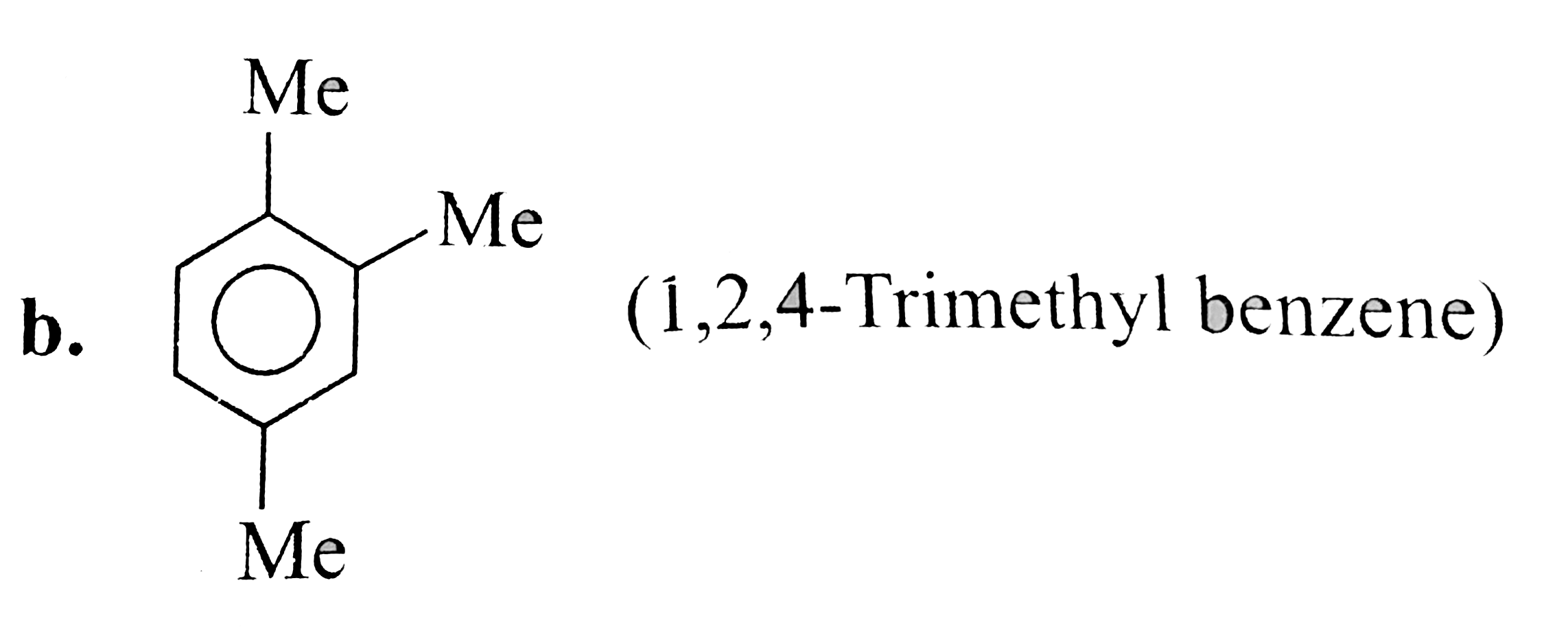 c. 
|
|
| 16024. |
Which one of the following is used in the preparation of medicine like aspirin and phenacetin? |
| Answer» Solution :Acetic anhydride | |
| 16025. |
The unit of electrochemical equivalent is : |
|
Answer» gram |
|
| 16026. |
[Ti(H_(2)O)_(6)]^(3+) complex ion has purple colour due to absorption of "…............" coloured light and causingtransition from "…......." to "…............."orbitals. |
|
Answer» |
|
| 16027. |
Write the structures of the major products expected from the following reactions: (a) Mononitration of 3-methylphenol (b) Dinitration of 3-methylphenol (c) Mononitration of phenyl methanoate. |
Answer» SOLUTION :The combined influence of -OH and `-CH_(3)` GROUPS DETERMINE the position of the incoming group. 
|
|
| 16028. |
The relationship between standard free energy change and equilibrium constant is expressed as ……………… . |
|
Answer» `Delta G^@ = -RT lnk_(EQ)` |
|
| 16029. |
The red-brown precipitate formed in step A contains |
|
Answer» `Hg_(2)[Fe(CN)_(6)` |
|
| 16030. |
Total number of voids in 0.5 mole of a compound forming hexagonal closed packed structure are |
|
Answer» `60.22xx10^(23)` `=0.5xx6.023xx10^(23)` `:.` Number of octahedral voids `=3.0115xx10^(23)` Number of tetrahedral voids `=2xx3.0115xx10^(23)` `=6.023xx10^(23)` THEREFORE total no of void `=6.023xx10^(23)+3.015xx10^(23)` `=9.0345xx10^(23)` |
|
| 16031. |
Volume of CO_(2) obtained at STP by the complete decomposition of 9.85g BaCO_(3) is (At wt of Ba = 137 ) |
|
Answer» 2.24 lt. |
|
| 16032. |
When H_(2)S gas is passed in a metal sulphate solution in presence of NH_(4)OH, a white precipitate is produced. The metal is identified as |
|
Answer» Zn |
|
| 16033. |
Under which of the following conditions attractive forces will be considerably high. |
|
Answer» If a gas is COMPRESSED to a very small volume at moderate temperature. |
|
| 16034. |
Which metals forms amide with NH_(3) at 300^(@)C |
|
Answer» Mg |
|
| 16035. |
The solubility product (K_(sp)) of the salts of types MX,MX_(2)andM_(3)X at temperature 'T' are 4.0xx10^(-8),3.2xx10^(-14)and2.7xx10^(-15) respectively. Solubilities (mol dm^(-3)) of the salts at temperature 'T' are in the order |
|
Answer» `MXgtMX_(2)gtM_(3)X` |
|
| 16036. |
Which of the following reagents can be used to prepare alkylhalide from an alcohol |
|
Answer» `NaCl` ` R - OH + HCl OVERSET(ZnCl_2)(to)R - Cl + H_2O` |
|
| 16037. |
Which acid is optically active: |
|
Answer» Propionic ACID |
|
| 16038. |
Which of the following statements is(are) correct? |
|
Answer» The hydrides of group 15 electrons act as oxidizing AGENT. |
|
| 16039. |
Which of the following structure represents terylene ? |
|
Answer» `(-underset(O)underset(||)C-NH-(CH_2)_5-)_n` |
|
| 16040. |
Which of the following representation is not correct for the change below? (Consider all substances at 0k are perfect crystals) {:(pA + qB,overset(Delta_(r )S_(1)^(9))rarr,underset((298K))(rC= sD)),(darr Delta_(r )S_(4),overset(Delta_(r )S_(3))rarr,uarr Delta_(r)S_(2)),(underset((0K))(pA + qB),,underset((0K))(rC=sD)):} |
|
Answer» `Delta_(R)s_(1)^(0) = (rs_(C)^(0) + sS_(D)^(0)) - (ps_(A)^(0) + qs_(B)^(0))` |
|
| 16041. |
Which one among the following is a thermosetting plastic |
| Answer» SOLUTION :Bakelite is thermoseting POLYMER. It becomes infusible on heating and can not be remoulded. | |
| 16042. |
Write the names and structures of the monomersof the following polymers : (i) Buna-S(ii) Neoprene (iii) Nylon-6 |
Answer» SOLUTION :(i) Buna-S (STYRENE BUTADIENE RUBBER) 
|
|
| 16043. |
The shape of the intermediate formed In nucleophilic addilion reaction of aldehydes and ketones is |
|
Answer» TRIGONAL planar |
|
| 16044. |
Which of the following reduction reactions are actually employed in commercial extraction of metals? |
|
Answer» `Fe_(2)O_(3) + 2Al rarr Al_(2)O_(3)+Fe` |
|
| 16045. |
Which of the following is non-conducting? |
|
Answer» `CoCl_(3).6NH_(3)` |
|
| 16046. |
Write short note on polythene. |
|
Answer» Solution :Polythenes are linear or slightly branched long chain molecules. These are capable of repeatedly softening on heating and hardening on cooling and are thus thermoplastic POLYMERS. There are two types of polythene as given below : (a) Low density polythene (b) High density polythene. (a) Low density polythene : Preparation : It is polymerization of ethene under high pressure of 1000 to 2000 ATMOSPHERES at a temperature of 350 K to 570 K in the presence of traces of dioxygen or a peroxide initiator. Properties : The low density polythene (LDP) have straight chain structure with some obtained by the branches as shown below.  The low density polythene is chemically inert and tough. They are flexible and a poor conductor of electricity. Uses : It is used in the insulation of electricity carrying wires. It is also used in manufacture of squeeze bottles, toys and flexible pipes. (b) High density polythene : Preparation : It is formed when addition polymerization of ethene takes place in a hydrocarbon solvent in the presence of a catalyst such as triethylaluminium and titanium tetrachloride (Ziegler-Natta catalyst) at a temperature of 333 K to 343 K and under a pressure of 6-7 atmospheres. High density polythene (HDP) thus produced. Properties : High density polythene (HDP) thus produced, consists of linear molecules as shown below and has a high density due to CLOSE packing. Such polymers are also called linear polymers.  This polymers are also chemically inert. This polymers are more tough and hard. Uses : It is used for manufacturing buckets, dustbins, bottles, pipes, etc. |
|
| 16047. |
Which of the following is not a linear molecule ? |
|
Answer» `CO_(2)` |
|
| 16048. |
Write the monomers used for preparing following polymers : (i) glyptal (ii) Nylon-6,6 |
|
Answer» Solution :Monomers of : (i) Glyptal are : glycol `UNDERSET(CH_(2)-OH) underset(|)(CH_(2)-OH` and Phathalic acid,  (II) Nylon -66 : ADIPIC acid, `HO- overset(O) overset(||)C-(CH_(2))_(4)-COOH` and hexamethylene diamine, `H_(2)N-(CH_(2))_(6)-NH_(2)` |
|
| 16049. |
When one coulomb of charge is passed the quantity of silver deposited is _________. |
|
Answer» 1 g of silver |
|
| 16050. |
Which one of the following has two alpha-D- Glucose units ? |
|
Answer» Maltose |
|
